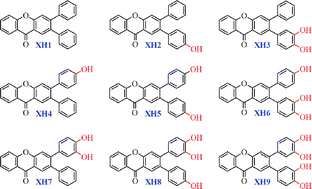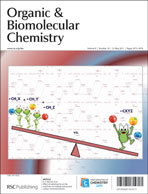*
Corresponding authors
a
University of Aveiro, Department of Chemistry & QOPNA, 3810-193 Aveiro, Portugal
b
Polytechnic Institute of Bragança, School of Agriculture, Department of Vegetal Production and Technology, 5301-855 Bragança, Portugal
c
Universidade de Lisboa, Hospital de Santa Maria, Clinica Universitária de Dermatologia, 1600 Lisbon, Portugal
d
Muséum National d'Histoire Naturelle, Département RDDM, F-75231 Paris, France
e
INSERM ERI12, Laboratoire de Biochimie, CHU Amiens – Hôpital Nord, place Victor Pauchet, 80054 Amiens Cedex 1, France
E-mail:
morliere.patrice@chu-amiens.fr
Fax: +33 3 22 66 85 93
Tel: +33 3 22 66 86 69
f
University of Notre Dame, Radiation Laboratory, Notre Dame, Indiana 46556, USA
g
INSERM, ERI12, F-80054 Amiens, France
h
Université de Picardie Jules Verne, Faculté de Médecine et de Pharmacie, EA 4292, F-80036 Amiens, France


 Please wait while we load your content...
Please wait while we load your content...